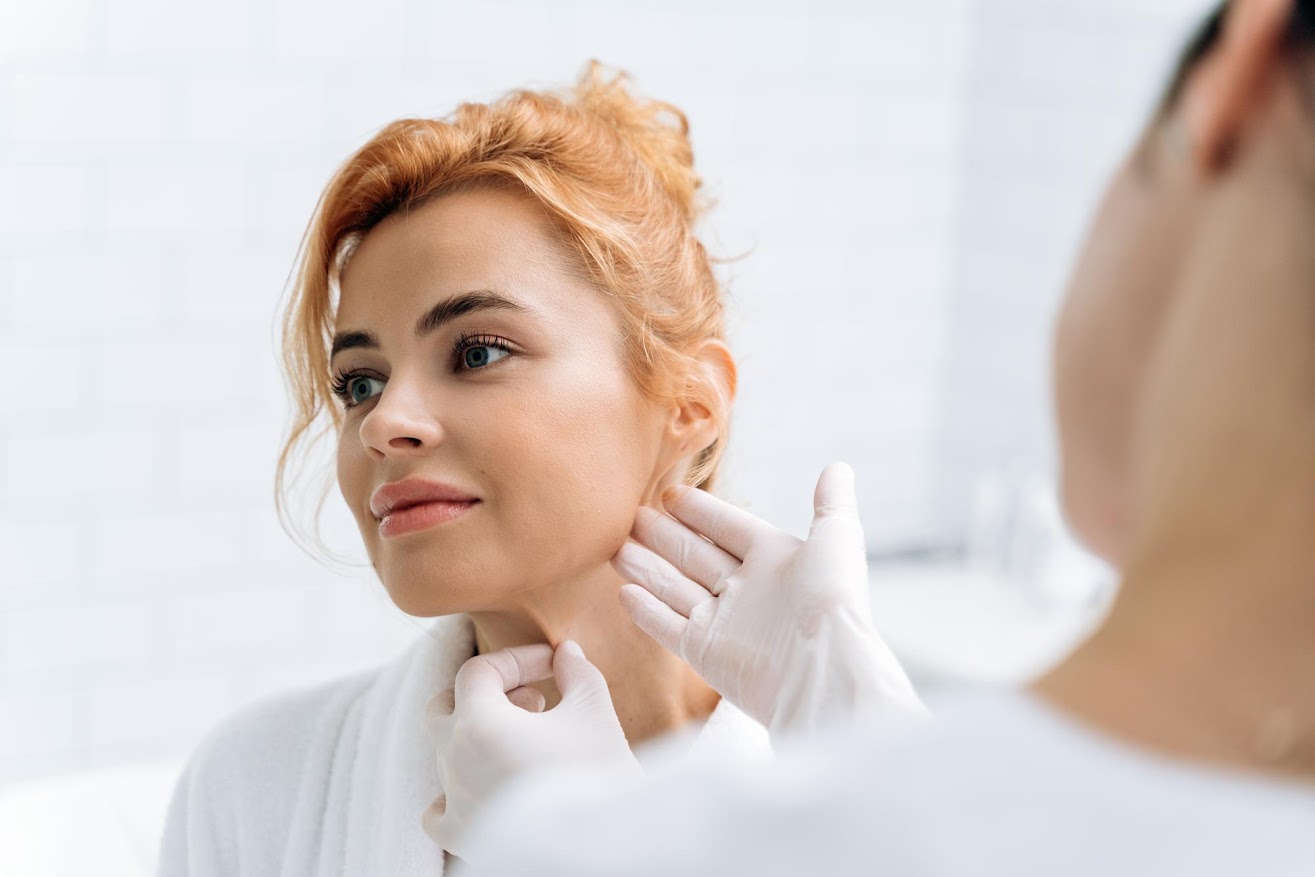
Nose jobs on patients who have had one or more previous nasal surgeries are called reconstructive rhinoplasty procedures. Sometimes called revision rhinoplasty, the procedure corrects problems left over from a previous surgery, or problems caused by a previous surgery.
As with primary rhinoplasty, this reconstructive procedure requires an experienced surgeon with a mastery of the specialized techniques of rhinoplasty. However, the reconstructive factor demands even greater skill, as the nasal septum has already undergone significant alteration. An additional factor may be the patient’s outlook after a disappointing earlier experience.
Common reasons for a secondary nose job include cosmetic issues, such as tissue incorrectly reduced or grafted, as well as breathing problems due to impaired airways.
Procedure Walk-Through
- Preparation: Two weeks before your surgery, stop taking blood-thinning medications and supplements, including aspirin, NSAIDs, Gingko biloba, and vitamin E. Cease smoking for the two weeks before and after the procedure to aid healing. Those who wear glasses should obtain contact lenses since they cannot wear glasses during their healing period. Patients over 45 need medical clearance from their primary physician. Finally, use this prep time to arrange transportation to and from the facility as well as ask for time off work if necessary.
- Anesthesia: Dr. Vallecillos typically uses general anesthesia for this procedure. Discuss your anesthetic choices during your consultation.
- Preoperative Consultation: Your preoperative consultation is your opportunity to share your desired results, ask any questions you have, and express any concerns you have. Dr. Vallecillos offers recommendations based on your examination, and shares pre-and post-operative instructions. Follow these instructions exactly to achieve ideal results.
Reconstructive Rhinoplasty Procedure
The procedure generally takes one to two hours to complete. After placing you under general anesthesia, Dr. Vallecillos makes incisions inside the nose, protecting you from visible scarring, though the doctor may create an incision under the tip of the nose. The doctor then makes the necessary corrections as per your treatment needs, either grafting supplemental tissue to the existing structure or reducing bone and cartilage. The operation concludes with re-draping tissues over the new structure and closing the incisions. Finally, Dr. Vallecillos applies a splint and dressings to ensure the nose keeps its shape during the healing process.
Frequently Asked Questions
Who is a candidate for a reconstructive rhinoplasty?
A patient who is at least 12 months past his or her previous nose job is a candidate for a reconstructive surgery. Twelve months is the minimum amount of time, as the nose continues to change for a full year following rhinoplasty. Additionally, the ideal candidate is in general good health, including his or her immune system.
Are there risks or side effects associated with a reconstructive rhinoplasty?
There are risks with any surgery, especially those involving general anesthesia. These include bleeding, scarring, and infection. Rhinoplasty side effects include tightness in the cheeks and nose, resulting in restricted facial movements. Swelling and bruising subside during the first couple of weeks.
How long do the results last?
Patients following postoperative advice enjoy lifetime results.
